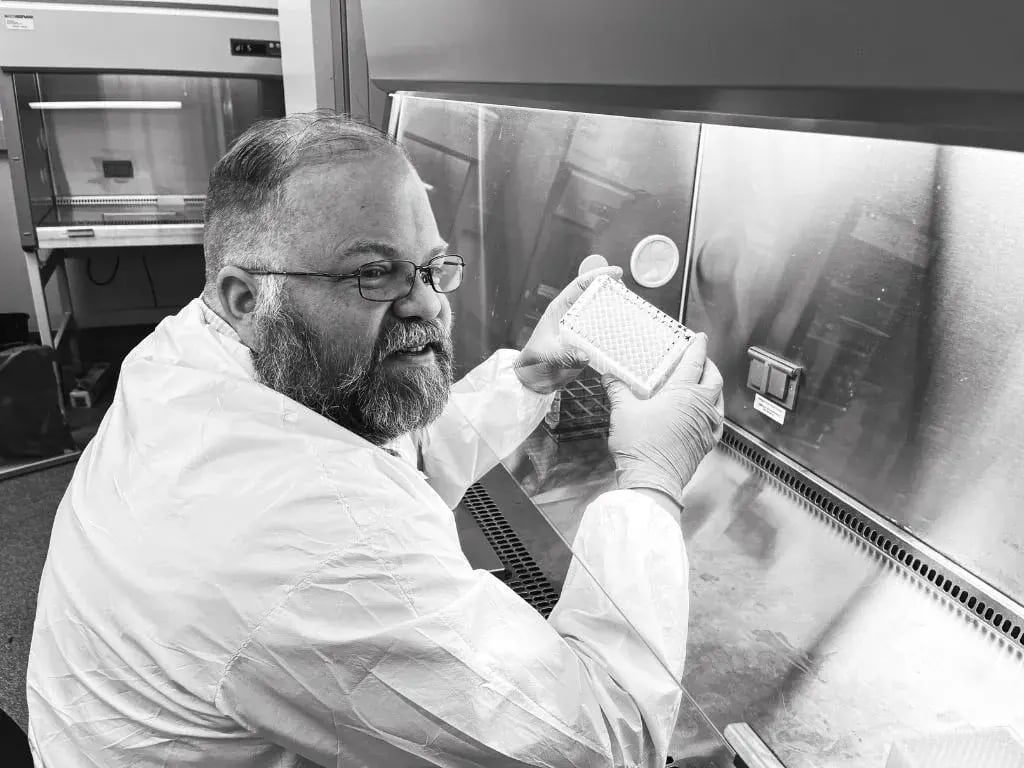Advancing rare disease drug discovery using consistent, defined human cells

In 2019, Rose McPherson was diagnosed with an ultra-rare neurodevelopmental condition caused by mutations in the HNRNPH2 gene, a disorder affecting only about 50 people worldwide. Determined to find answers, her family formed the non-profit organisation To Cure A Rose, building a preclinical research lab to accelerate discovery for rare diseases.
Challenge | Modelling a rare neurodevelopmental disease
To model Rose’s condition in the lab, the team faced major obstacles with current technology: Patient-derived cells, which are critical for rare disease studies, were difficult to culture and failed to differentiate into neurons.
“Rose’s cells didn’t want to grow,” recalled Bowling Jr. “They wouldn’t differentiate well, which in retrospect is not surprising: She has a neurodevelopmental condition, and so we had trouble making neurons from her cells.”
Conventional iPSC differentiation methods were slow, complex, and inconsistent, leading to unreliable results. And with other commercially available cells, the team were left with the burden of purchasing and generating expression data for each available cell type to identify if their target protein was expressed. A task that would quickly become untenable with their limited budget and urgent timeline.
To move forward, the team at To Cure a Rose needed a consistent and defined source of human neurons where gene expression data was freely and readily available.
Solution | Consistent human neurons at scale
The team worked with bit.bio to overcome the limitations of conventional iPSC-derived cells.
bit.bio’s opti-ox™ deterministic cell programming technology enables the reproducible, consistent, and scalable production of any human cell type and to add to this bit.bio routinely generate comprehensive characterisation data packages for its cells that includes bulk RNA sequencing. From the bulk RNA sequencing data, researchers can request information on their specific genes of interest, giving immediate insight into target gene expression and helping scientists like Bowling Jr to confirm if the cell is the right fit for their research.
“Right away, we could tell a difference with bit.bio,” Bowling Jr reflected. “They helped us identify the neuronal population expressing H2; they worked with us to ensure we grew these cells properly; and they helped customise our sample size to ensure we had enough to carry out screening. It was just incredible customer service.”
The results | From concept to candidates
Key findings
- 57 ASOs screened
- 30 showed desired activity
- 7 lead candidates identified
- 4 achieved ≥90% HNRNPH2 knockdown
- 3 induced HNRNPH1 upregulation
- 2 lead ASOs selected with strong activity and no toxicity, even at 10× the clinical dose
“Having access to an absolutely uniform set of cells that do what we need them to has changed our workflow and may greatly accelerate our work.”
Rodney A. Bowling Jr., PhD
2025
bit.bio | To Cure a Rose
